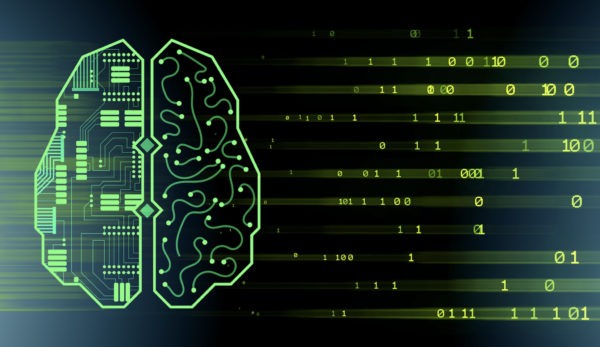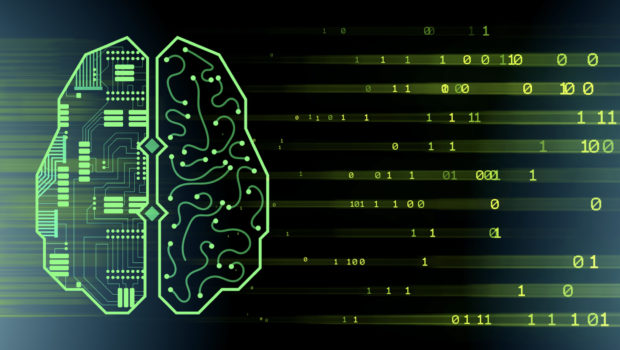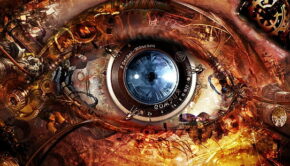5 Elements that Forms the Very Foundation of Machine Learning
So far you might have already learned, acknowledged, and perhaps pictured machines performing intelligent and independent tasks in the future. Thanks to the modern tech driven by tech like Machine learning, Deep Learning, and neural networks, that have all made it possible. Earlier, machines used to perform simple sets of instructions that were assigned to them in the form of binary codes. And – the output was largely dependent on the fact that it had been programmed to process a specific function or not. All in all, machines were far away from decision making capabilities that made them slow and even subordinate to humans.
With the evolution of machine learning, now, we can visualize a future where machines can learn, harness, and utilize data all by itself. To the very fact, it has already begun to bring significant transformation by helping businesses to improve the brand image in an unparalleled way – complete details are found in the article. And it is not restricted to businesses at all; there are enumerable segments where the innovative tech is thriving at a rapid pace.

Unquestionably, the developments are unprecedented that raised the bar of machine intelligence to another dimension. And, these five elements remain an integral part of this breakthrough. What are those elements? Let’s discover further.
1. Algorithms
Algorithms are the engines that run an ML model. These algorithms are what turn an ML data set into an ML model. An example is the ML model for detecting malware families in various programs. Algorithms like perceptrons, genetic algorithms, binary decision trees, and others can be used in the ML model. For machine learning models, the extent to perform could improve dramatically. It is important to test each algorithm before it is used for its intended purpose.
2. Data Models
The algorithm runs a machine learning model on the basis of the data model that it has been given. The data model is a mathematical equation that is used to detect if certain sets of files are present in a given folder or device, by monitoring how the files “solve” the data model. This allows for the detection of even the smallest files that resolve the equation in a specific way.
For instance, a machine learning model used in a browser will be able to use such a data model to detect the kind of files it has been tasked to. These models can be used either locally or through clouds in the various processes that they carry out. Some models can also overlap in their functions, like when a generic model and a specific model work together to find the same types of files.
3. Data Sets
Data sets are used to teach a machine learning model everything it needs to know about its tasks. For example, an ML model that is tasked with identifying different objects from images needs to be taught the difference between what it has to look for and all other objects.
4. Features and Feature Extraction Technique
To run an effective model, it is necessary to have feature extraction techniques put in place. Some of these techniques may be unpacking routines, packer reputation, and pre-execution emulation that can help in the extraction of thousands of features in every file it reads. The techniques will allow the machine learning model to extract the necessary features that it has been tasked to.
5. Tunability of a Machine Learning Model
The tunability could enhance machines to improve its performance variation that occurs when a model is tweaked. This is necessary as it allows for this model to strike a balance between its performance and detection rates. Further, in the case of machine learning models that detect malware, such a feature allows it to be tweaked to defend a device against a larger number of malware.
Conclusion
There is no doubt that ML models are faster and more effective than the traditional models that used single strings of codes for detection. With numerous algorithms available today, the applications of machine learning have increased considerably. Therefore, it is true that an ML model has raised the bar for the future of machines.
















